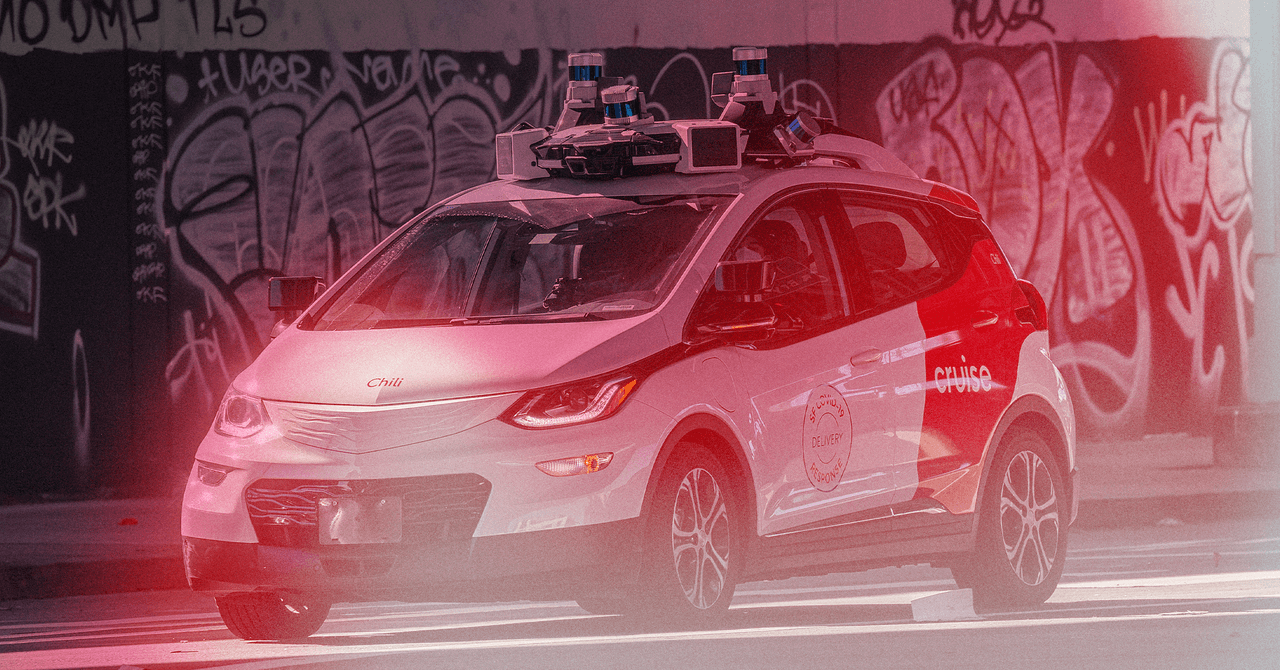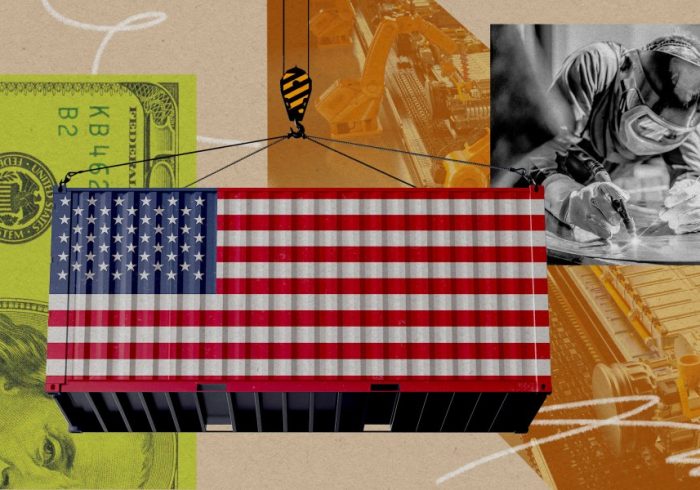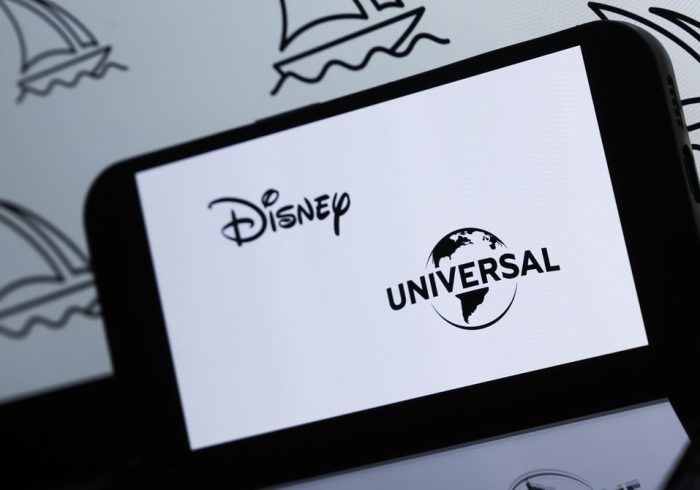Cruise robotaxis are again on the highway … nicely, form of. Although Common Motors pulled the plug on its self-driving taxi enterprise final 12 months, the automaker has been quietly repurposing a number of of the autos because it seeks to develop new driver-assistance applied sciences.
This week, WIRED noticed a GM Bolt electrical hatchback on the San Francisco-Oakland Bay Bridge, and later noticed an analogous car on Interstate 880 close to Oakland. In every occasion, the automotive was being pushed by a human. Nevertheless it held tools on the roof corresponding to lidar sensors that resembled the setup from the Cruise ride-hailing system. The car had “Mint” written on the hood, however didn’t embrace any visually obvious Cruise branding.
GM spokesperson Chaiti Sen confirms to WIRED that the corporate is certainly “utilizing a restricted variety of Cruise Bolt autos on choose highways in Michigan, Texas, and the Bay Space for testing with educated drivers to additional develop simulation fashions and superior driver help methods.” She provides, “That is inside testing and doesn’t contain public passengers.”
GM eliminated the orange and white Cruise emblem from the automobiles’ sides after it took full possession of the unit in February, she says. The current exercise started in Michigan and Texas in February and the San Francisco Bay Space in mid-April, Sen says. Cruise had named every car in its fleet, and Sen confirmed that “Mint” has been among the many autos newly energetic within the Bay Space.
The testing exhibits for the primary time how GM is starting to provide a second life to a fleet of at least a whole lot of autos left over from a expensive challenge that ran aground.
GM initially acquired a majority stake in San Francisco-based Cruise in 2016, and invested greater than $8 billion into creating a robotaxi service. The operation was off to a quick begin and eyeing a fast enlargement till October 2023, when a Cruise car struck a pedestrian in San Francisco who had simply been hit by a human-driven car.
Within the aftermath of the incident, Cruise misled state regulators, misplaced a key allow, halted operations, and laid off 1 / 4 of its employees.
After some makes an attempt to restart the enterprise, GM introduced this previous December that the experiment could be canceled altogether. On the time, GM CEO Mary Barra advised analysts that working a robotaxi fleet was an costly distraction from the enterprise of creating automobiles.
However the know-how behind Cruise helps enhance the roughly seven-year-old Tremendous Cruise system present in some GM automobiles. It goals to assist drivers keep in and alter lanes, or apply the emergency brake without having to make use of their palms.
A number of automakers are racing to develop automobiles that offload an rising quantity of driving duties to computer systems. GM claims about 60 % of its 360,000 Tremendous Cruise prospects usually make use of the aptitude.
Within the US, the robotaxi trade has been dominated by Waymo, although Elon Musk’s Tesla and Amazon’s Zoox are amongst these persevering with to attempt to catch up.
GM’s repurposed Bolts mix into San Francisco–space roads, on which automobiles with heavy-duty laptop gear hooked up to roof, again, and sides have develop into commonplace. They embrace not solely corporations testing sensors and algorithms, but in addition map suppliers accumulating information and hobbyists making an attempt to improve their private rides.



